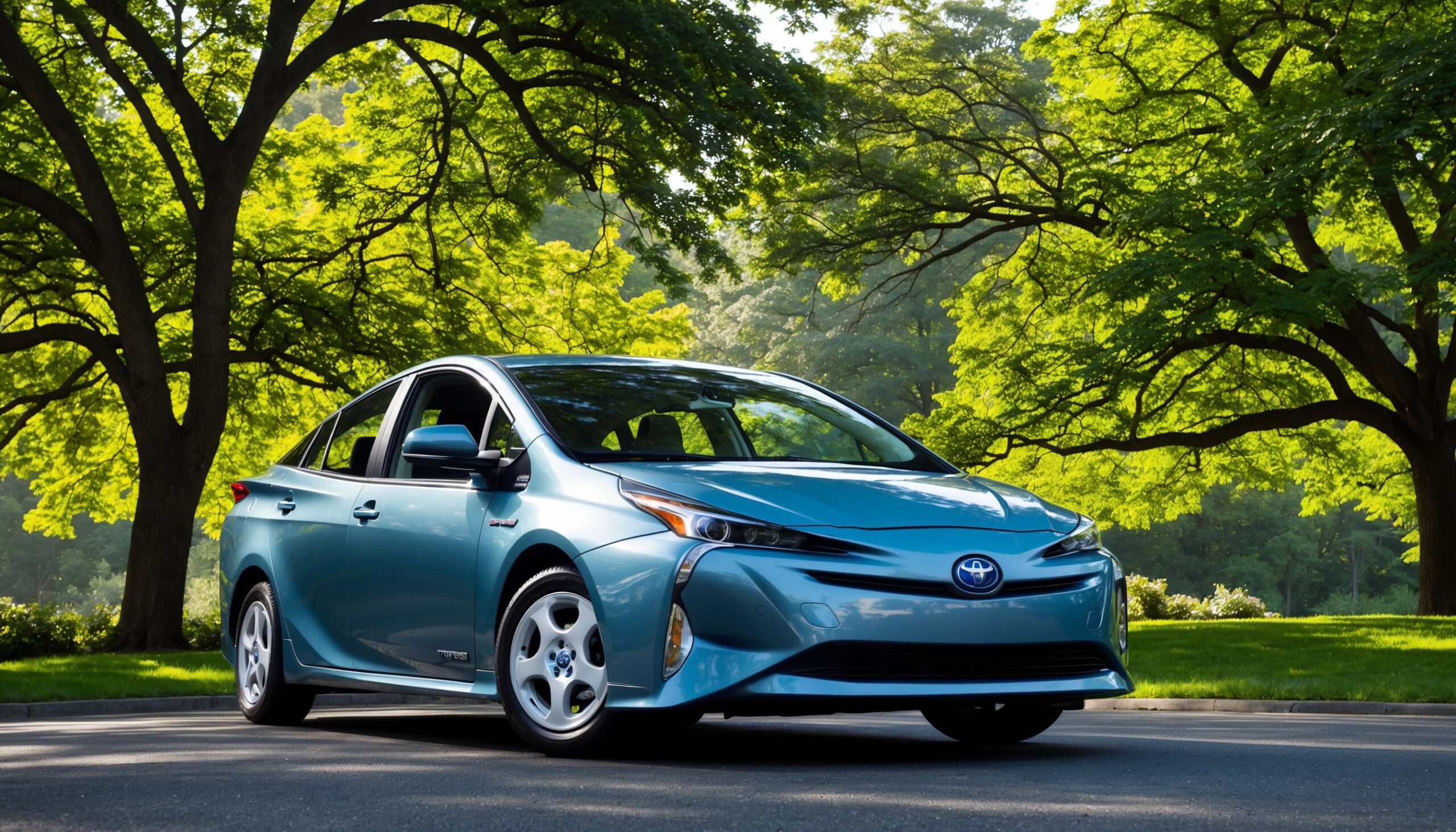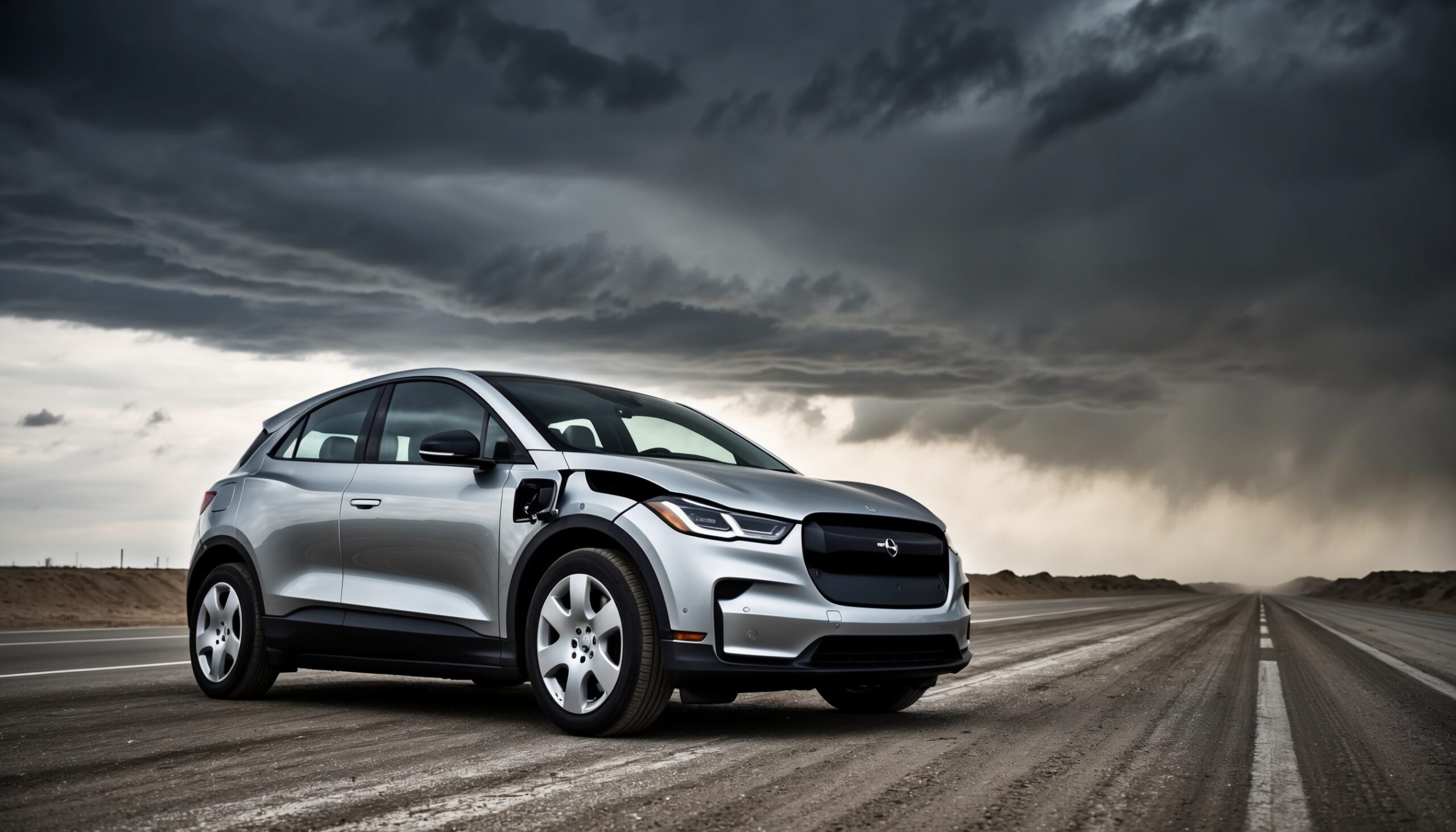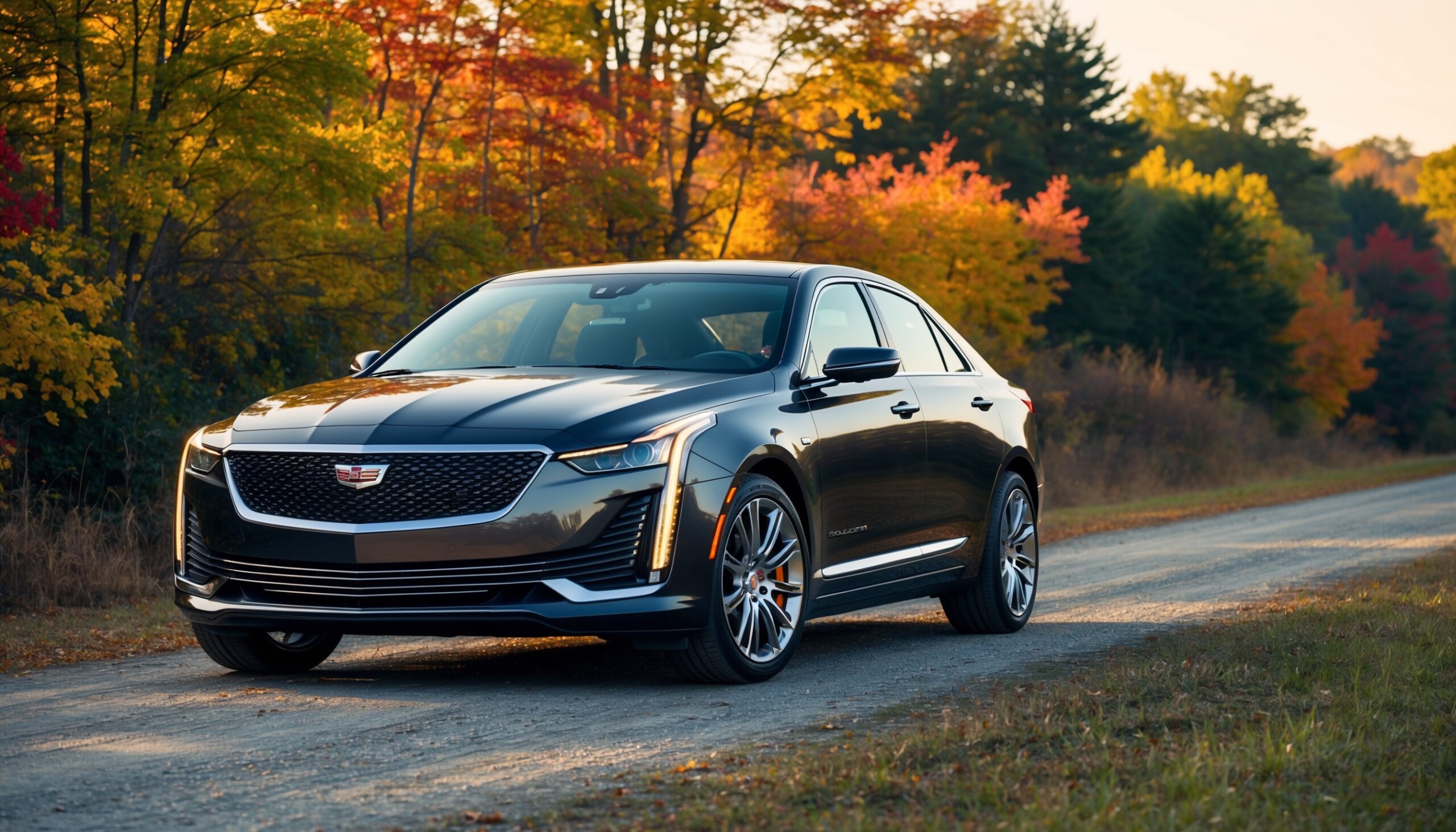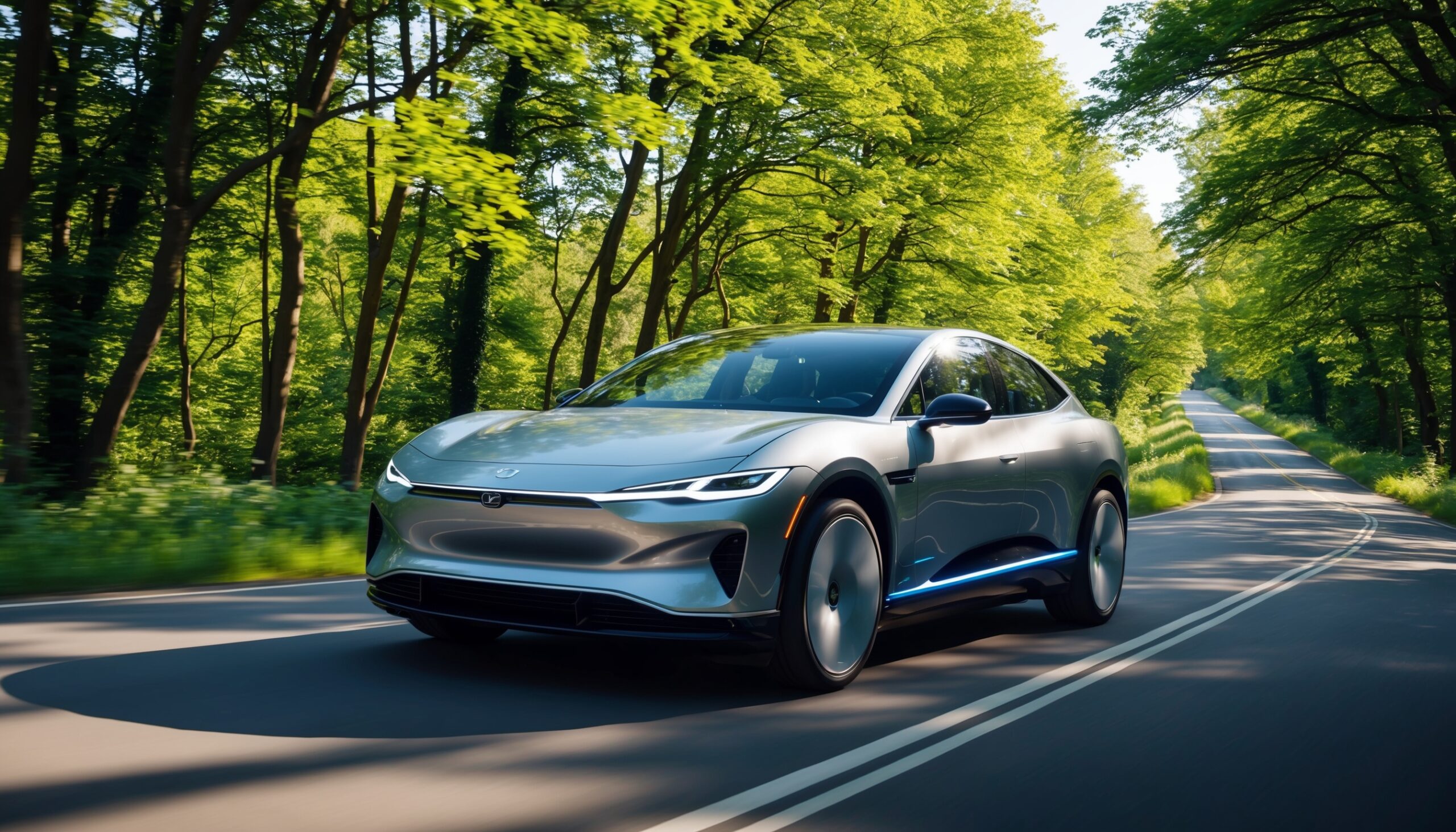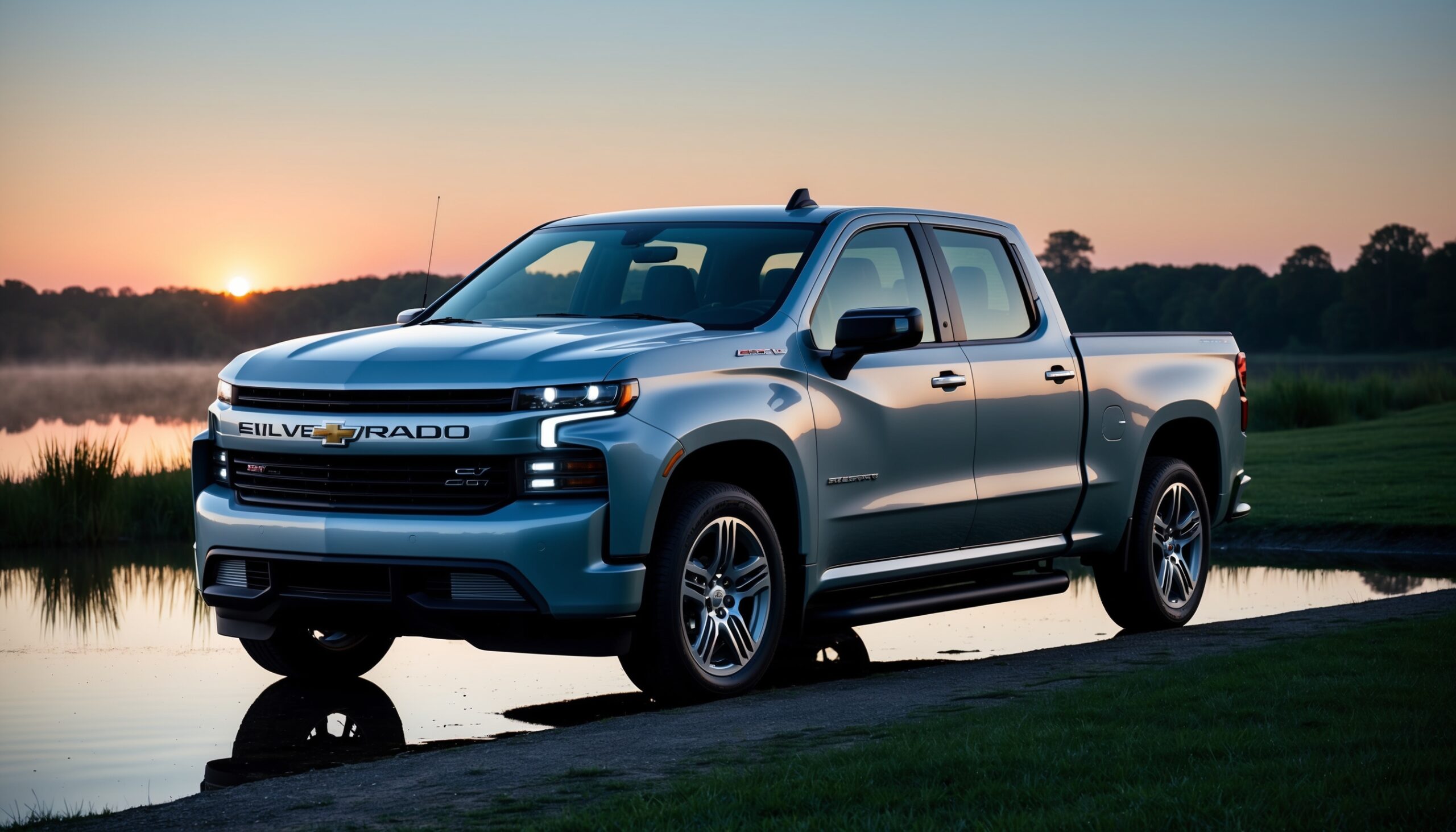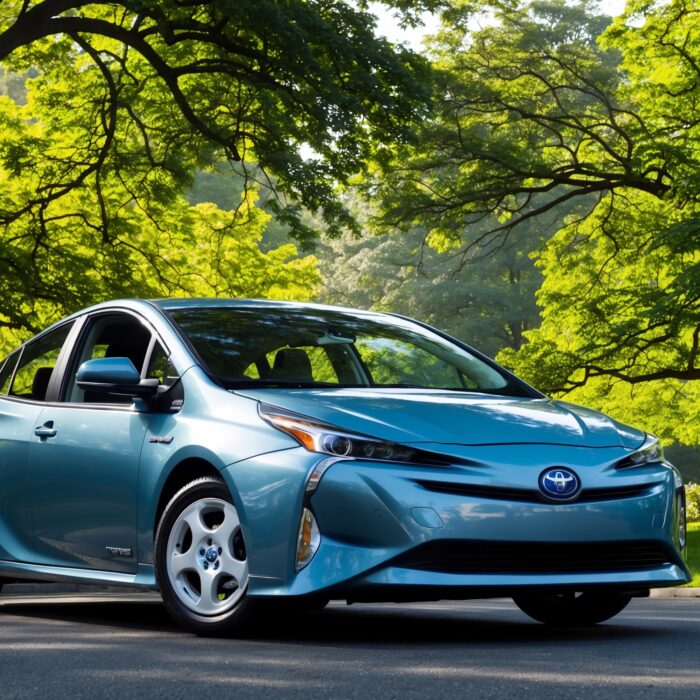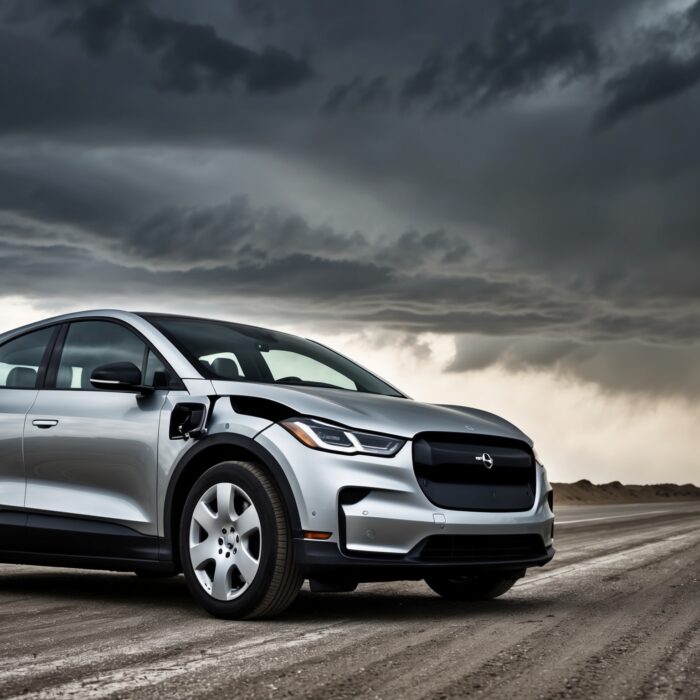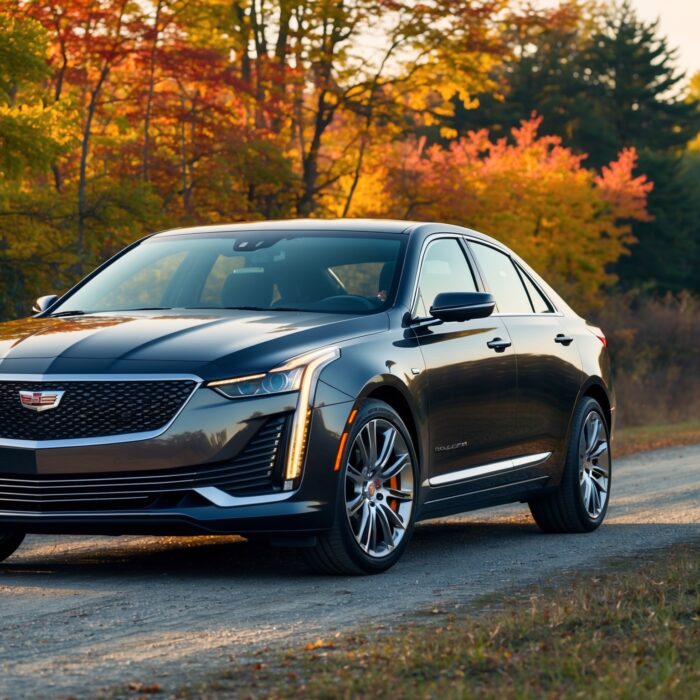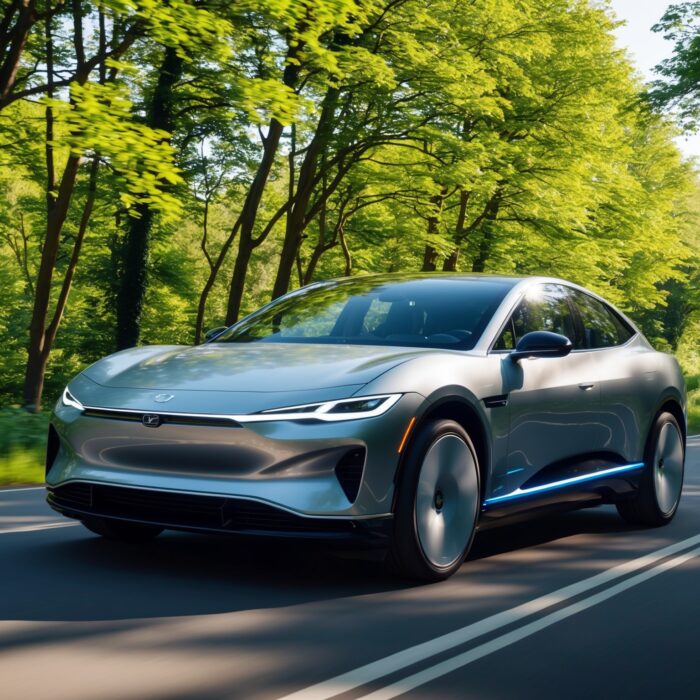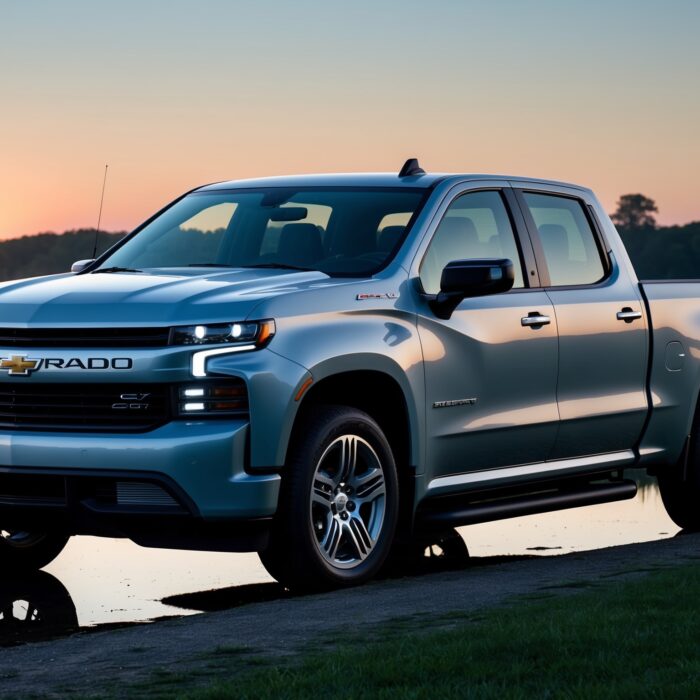Dynamic Roadway Charging: The Future of “Refueling” While Driving
Imagine this: you’re cruising down the highway in your electric vehicle, music playing, and the sun shining through the windows. No need to stop at a charging station or worry about range anxiety because your car is charging as you drive! This isn’t science fiction; it’s the exciting future of dynamic roadway charging. Here at Torque Feed, we’re diving into this revolutionary technology that could change the way we think about “refueling” our vehicles forever.
What is Dynamic Roadway Charging?
Dynamic roadway charging refers to a system where electric vehicles (EVs) can be charged while in motion. It involves embedding inductive charging technology into the roadway infrastructure, allowing vehicles equipped with compatible technology to receive power directly from the road. This method not only keeps EVs charged but also can significantly reduce the need for large battery packs, making electric vehicles lighter and more efficient.
How Does It Work?
The core concept behind dynamic roadway charging is electromagnetic induction. Here’s a simplified breakdown of how it works:
- Inductive Charging Coils: The road is equipped with charging coils that generate an electromagnetic field.
- Vehicle Receivers: Vehicles have receivers installed beneath them that capture this energy as they drive over the charging coils.
- Power Conversion: The captured energy is converted into usable electricity to charge the vehicle’s battery while it’s on the go.
Think of it like wireless charging for your smartphone, but on a much larger and more complex scale. The beauty of it is that the vehicle doesn’t need to be stationary to charge; it can be in motion, dynamically receiving energy from the road beneath it.
Also Read: How Rising Interest Rates are Affecting New Vehicle Affordability
Benefits of Dynamic Roadway Charging
So why should we be excited about this technology? Here are some compelling benefits:
- Reduced Range Anxiety: One of the biggest barriers to EV adoption is range anxiety. With dynamic charging, you can drive longer distances without the fear of running out of battery.
- Lighter Vehicles: If vehicles don’t need to carry massive batteries, manufacturers can create lighter cars that are more energy-efficient and agile.
- Less Downtime: Drivers can spend less time at charging stations and more time on the road, which is a win for everyone.
- Environmental Impact: More efficient vehicles and reduced battery sizes can lead to a lower environmental footprint in terms of battery production and disposal.
- Infrastructure Improvement: This technology could pave the way for smarter cities with interconnected transportation systems.
Current Developments in Dynamic Roadway Charging
Several countries and companies are already experimenting with dynamic roadway charging systems. Here are a few notable examples:
- Sweden: The country has launched a project called Elväg, which involves a stretch of road with embedded charging technology, allowing buses and trucks to charge while they drive.
- South Korea: The city of Gyeonggi has been testing a system that allows electric buses to receive power from the road, significantly improving their operational efficiency.
- Israel: A company called Electreon is actively developing wireless charging roads, with pilot projects already underway in various locations.
These initiatives showcase the possibility of dynamic charging becoming a reality, and as technology advances, more regions may follow suit in adopting this innovative approach.
Challenges to Overcome
While the prospects of dynamic roadway charging are exciting, there are several challenges that need to be addressed:
- High Initial Costs: The installation of charging infrastructure is expensive, and funding such projects can be a barrier for governments and private entities.
- Standardization: For this technology to be widely adopted, there needs to be a standardization of systems to ensure compatibility across different vehicles and infrastructures.
- Maintenance and Upkeep: Roads with embedded charging systems may require more frequent maintenance than traditional roads, which could lead to additional costs.
- Public Acceptance: As with any new technology, public perception and acceptance will play a critical role in its success. Education and awareness campaigns will be essential.
The Future of Dynamic Roadway Charging
As we look ahead, the potential for dynamic roadway charging seems limitless. Imagine long-distance travel becoming as easy as hopping in your car and going without worrying about where to charge next. Picture cities where electric buses glide silently along the streets, charging as they pick up passengers. This vision is not far-fetched; it could become our reality sooner than we think.
Also Read: Retrofitting Older EVs with New Battery Technology: Feasibility and Cost
Governments worldwide are beginning to recognize the importance of investing in EV infrastructure to combat climate change and promote sustainable transportation. Dynamic roadway charging could play a pivotal role in this shift. As car enthusiasts, we should embrace this evolution in technology, as it promises a future where driving is not just about getting from point A to point B, but about enjoying the journey without interruption.
How to Prepare for the Future
So, what can you do to prepare for this exciting shift in the automotive landscape? Here are a few suggestions:
- Stay Informed: Follow developments in EV technology and dynamic roadway charging. Knowledge is power!
- Consider Going Electric: If you haven’t already, explore electric vehicle options that suit your lifestyle. The more demand there is for EVs, the faster the infrastructure will develop.
- Engage with Communities: Join forums or local groups that discuss electric vehicles and sustainability. Share your thoughts and learn from others.
- Advocate for Infrastructure: Support local initiatives and policies that promote sustainable transportation and infrastructure improvements.
Final Thoughts
Dynamic roadway charging represents a massive leap forward in our approach to electric vehicles and sustainable transportation. As technology progresses, we may soon find ourselves in a world where charging is as seamless as driving itself. At Torque Feed, we’re excited about the possibilities and will continue to keep you updated on these advancements. Buckle up; the future of driving is looking bright!

